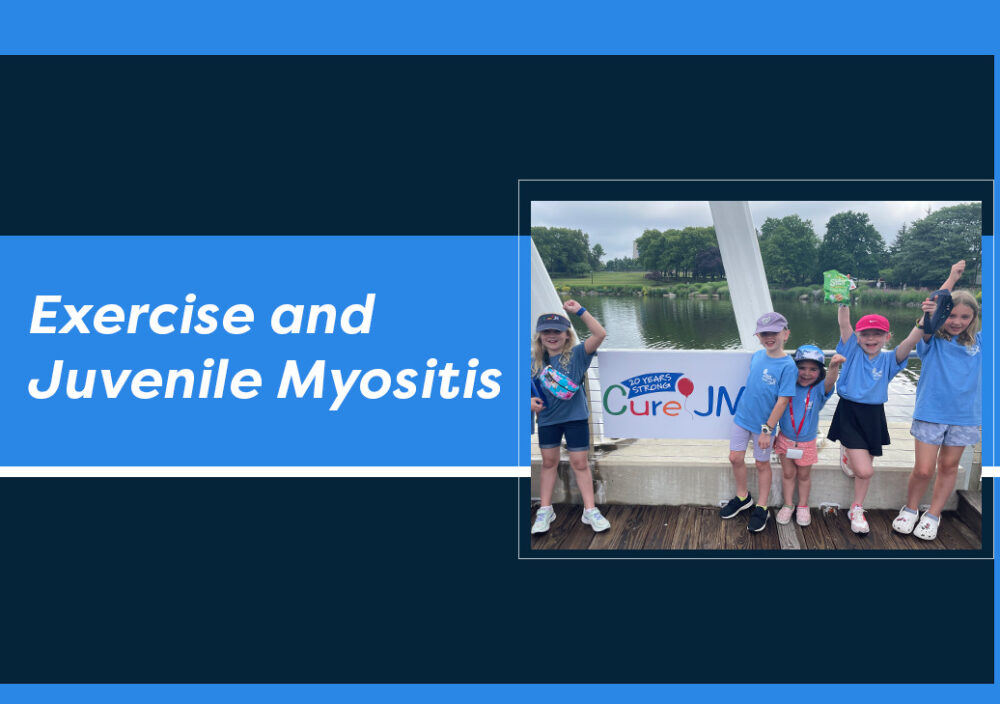Many students with juvenile dermatomyositis or juvenile polymyositis need special accommodations at school or at their place of child care. Therefore, after your child receives a JM diagnosis, educating your child’s school/child care personnel is important. Parents have reported a variety of avenues they have taken to do this. Depending on your child’s situation, school, child care location, and/or your school district, the following presentation and information may be of assistance to you:
This presentation features:
- Michelle Best, Special Education and Mental Health Advocate
- Sue Carpenter, Special Education Resource Specialist Teacher
Both Michelle and Sue are moms to children with juvenile myositis.
While this presentation was filmed during COVID, it still offers real-life, practical tips on how to navigate your child’s school system, including:
- Effectively communicating with your child’s school.
- Understanding 504, IEP plans, and determining which one is right for your child
- Navigating sun protection issues, social issues, P.E. class, and other classroom accommodations that may be available to your child
View/Download Presentation in PDF Format
Important Steps to Take When Navigating School:
- Have your child’s rheumatologist draft a letter to the school or child care provider detailing your child’s specific needs.
- Print copies of What is Juvenile Myositis? for personnel interacting with your child.
- Request meetings with school personnel (principal, nurse, teacher) to review letters, detail any specific special needs, and answer questions.
- If necessary, begin the IEP or 504 process to get your child the support they need.
- Explore what accommodations need to be made to allow your child to be successful, safe, and their healthiest. Below are a list of possible accommodations you may want to consider:
For Chronic Illness/Fatigue:
- Extended or alternate time for test taking
- An alternate place for test taking
- Reduced workload
- Shared notes
- Modified assignments
- Extra breaks
- “Self-limit” Physical Education
Medical Accommodations:
- Water bottles/snacks allowed
- Sun protection (hat, sunblock, etc.)
- A seat away from the windows
- Movement and rest breaks, allowed as needed
- Extra Restroom Breaks, allowed as needed
- Physical therapy or occupational therapy in school when available
Muscle Pain & Weakness:
- A place to rest in the classroom, such as a beanbag in the back of the room
- Elevator pass
- Wheeled backpack
- A second set of books for home
- Oral testing/minimal writing
- Not graded on handwriting, larger space to write, or the computer access
- Dictated homework
- Adaptive technology
- Preferential scheduling to reduce walking
- Locker placement close to classes
For Immunosuppression:
- Alternate rest area during cold/flu season to avoid Nurse’s Office
- IHP and Medicine Authorizations, as needed
- Excused absences
- Notification from the nurse’s office when common illnesses are “going around.”
- Access to handwashing in the classroom
To Assist with Concentration/Organization:
- Preferential seating
- “Homework” buddy
- Shorter quizzes instead of larger tests
- Oral assessment
- Advance notice of field trips
While this is a partial list, we hope it can be a good conversation starter for your family and your school.




